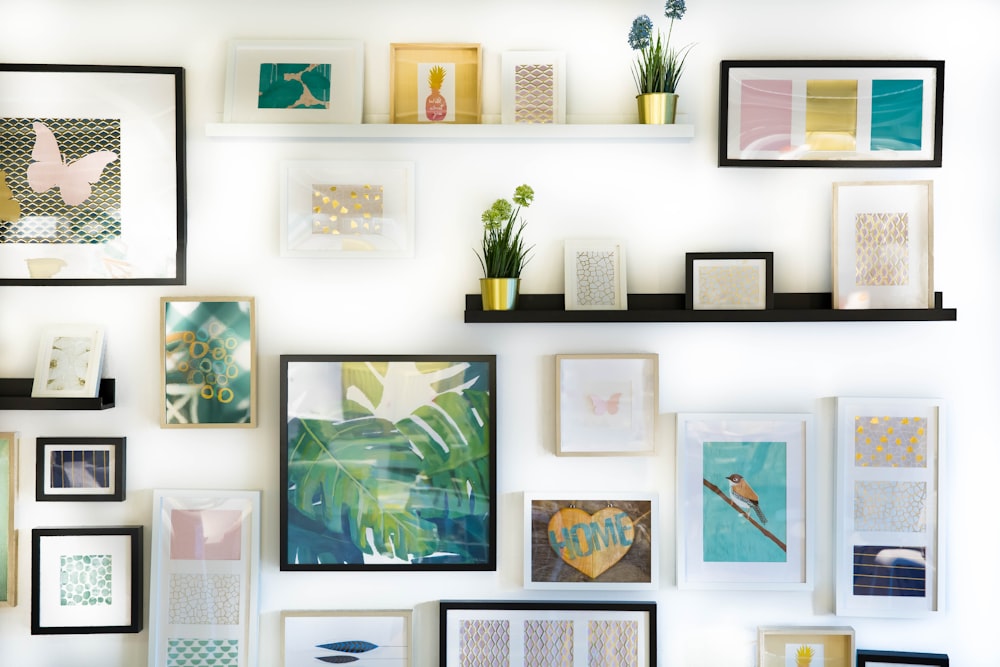Adding artwork to a home can accent aspects of your current interior design such as furniture, rugs, wall colors, etc. If you’ve ever painted a room, selected furniture, and then stood back to look it over and just felt like there was something missing, a really well-fitting piece of art may have been just what you needed to complete the room.
Maybe your furniture and wall colors are sort of drab and a colorful piece of art would really pop in the room and give the room some character. Or maybe your room is overwhelmed with color and what you need is a simple, neutral piece that provides a sense of calm within the chaos. Finding the right type of artwork that complements your space can help you complete your interior design.
That said, hanging art on your walls is an art in itself. You need to take into account a lot of considerations and small details to seek perfection in this task. Chiefly, the position of your artwork depends on two major things, the size of your smaller canvas (the artwork) and the size of your bigger canvas (the walls). Placing the artifacts rightly requires precise measurements and good picture hanging systems.
The following are the basic considerations you need to check in different cases while positioning your art properly.
Normal Wall Height
Solo Art
Hanging a single artwork per wall does not require a lot of contemplation. Just hang the art parallel to the eye level by using the proper picture hanging systems. The basic reason for this is that the viewer while appreciating your art would not want to crane his neck. Thus, the height of around 56-60 inches would suit the best.
Grouping
While grouping a number of artworks on the same wall, hang the largest frame at the eye level as done for solo. Now place all of the remaining artifacts around this considering it as the center.
Tall Walls
For tall walls, positioning your artwork at eye level is not necessary. In such cases, the placement of frames at the vision level would leave a lot of space on the top and look odd. Thus, you can try a series of art or even some artwork tapestries. This way, you will not only end up filling up those spaces smoothly but will also make the ceiling look less far away. Even here, you should try to keep the larger and catchier frames in the central portion near to the eye level.
Other Cases
Walls close to the dining areas are usually visited as seated. Therefore, the eye level of such regions is lower as compared to other walls. This way, your attention hotspot lowers down to 3-4 feet and thus requires you to place the artifacts in the portions of the wall.
While hanging artworks above your furniture or other home decor items, you must keep a gap of around 5 inches. This is the ideal margin for positioning artifacts. In addition, while doing so, you must also keep in mind that the width of the art should be at least ⅔ of the width of the furniture. For instance, the width of an artwork (or group) placed above a 6′ wide sofa should be at least 4′.
Final Words
Good art pieces require proper viewing to be truly appreciated. Thus displaying them at the right height becomes very important. By considering the above factors while hanging your art pieces on the walls, you can create an impressive effect on the viewer’s mind.

